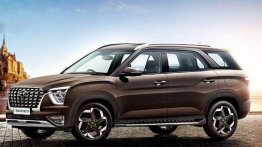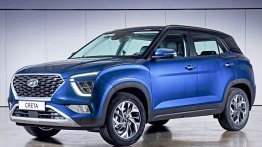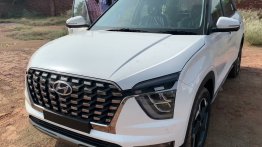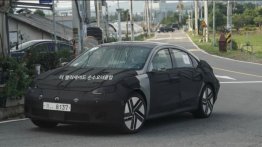Plug-in hybrid and pure electric variants will follow later.
The Hyundai Ioniq, Hyundai Motor's first dedicated hybrid car, has been unveiled to the world in Seoul. The rear-end, side profile and interior were already revealed last week, and now we have the front-end also revealed.
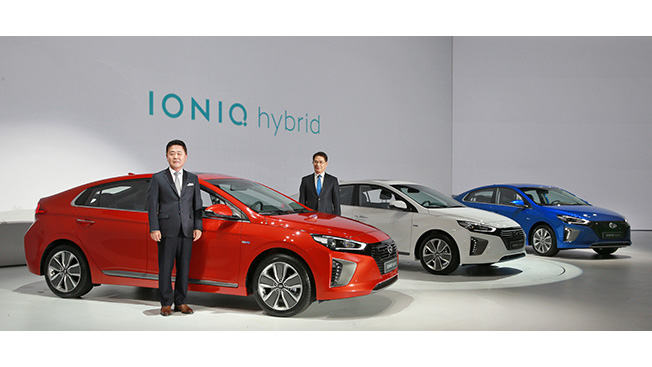
The car is 4,470 mm long, 1,820 mm wide and 1,450 mm tall, and has a wheelbase of 2,700 mm. The front-end features a new hexagonal radiator grille finished in silver and ending in black (upper three slats), stretched headlamps with C-shaped LED daytime running lights, a slim radiator grille with the signature ‘BlueLine’ strip and vertical LED foglights positioned beside small vertical air inlets. The notchback styling and several other design engineering measures have helped achieve a drag coefficient of 0.24 Cd. The hybrid variant weighs as low as 1,380 kg.
The Hyundai Ioniq's hybrid system makes use of a 1.6-litre Kappa GDi naturally aspirated four-cylinder petrol engine that produces 105 PS (104 hp) and 15.0 kgf-m (147 Nm) of torque and an electric motor that generates 43.5 PS (43 hp) and 17.3 kgf-m (170 Nm) of torque. Both sources together churn out 141 PS (139 hp) and 27 kgf-m (265 Nm) of torque.
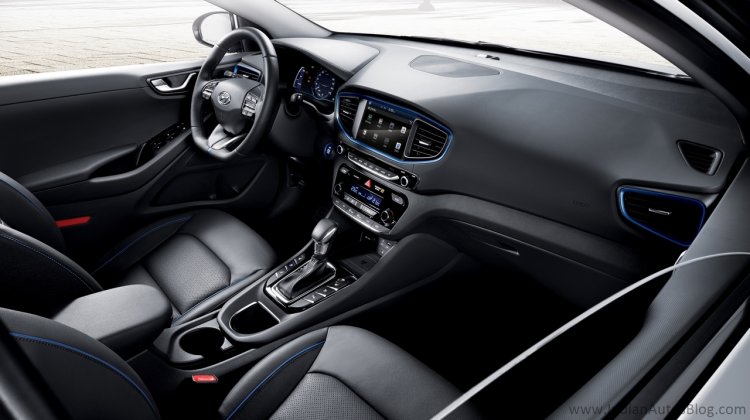
The permanent magnet electric motor works with 95% efficiency, thanks to application of declination coils. The electric motor is powered by a lithium-ion polymer battery pack. Power is sent to the front wheels via a newly-developed 6-speed dual-clutch transmission. The hybrid variant's fuel economy is rated at 22.4 km/l.
[YouTube link]
Also read: Hyundai i20 Active - First Drive Review
Noteworthy standard/optional features of the Hyundai Ioniq hybrid include speed-sensitive electric power steering, Smart Cruise Control, 7-inch digital instrument cluster, Blue Link 2.0 infotainment system with 8-inch display, JBL premium sound system, wireless charging, 7 airbags, Electronic Stability Control (ESC), Vehicle Stability Management (VSM), Hill-start Assist Control (HAC), Emergency stop signal (ESS), Tyre Pressure Monitoring System (TPMS), Automatic Emergency Braking system (AEB), Lane Departure Warning System (LDWS) and Blind Spot Detection system (BSD).








































